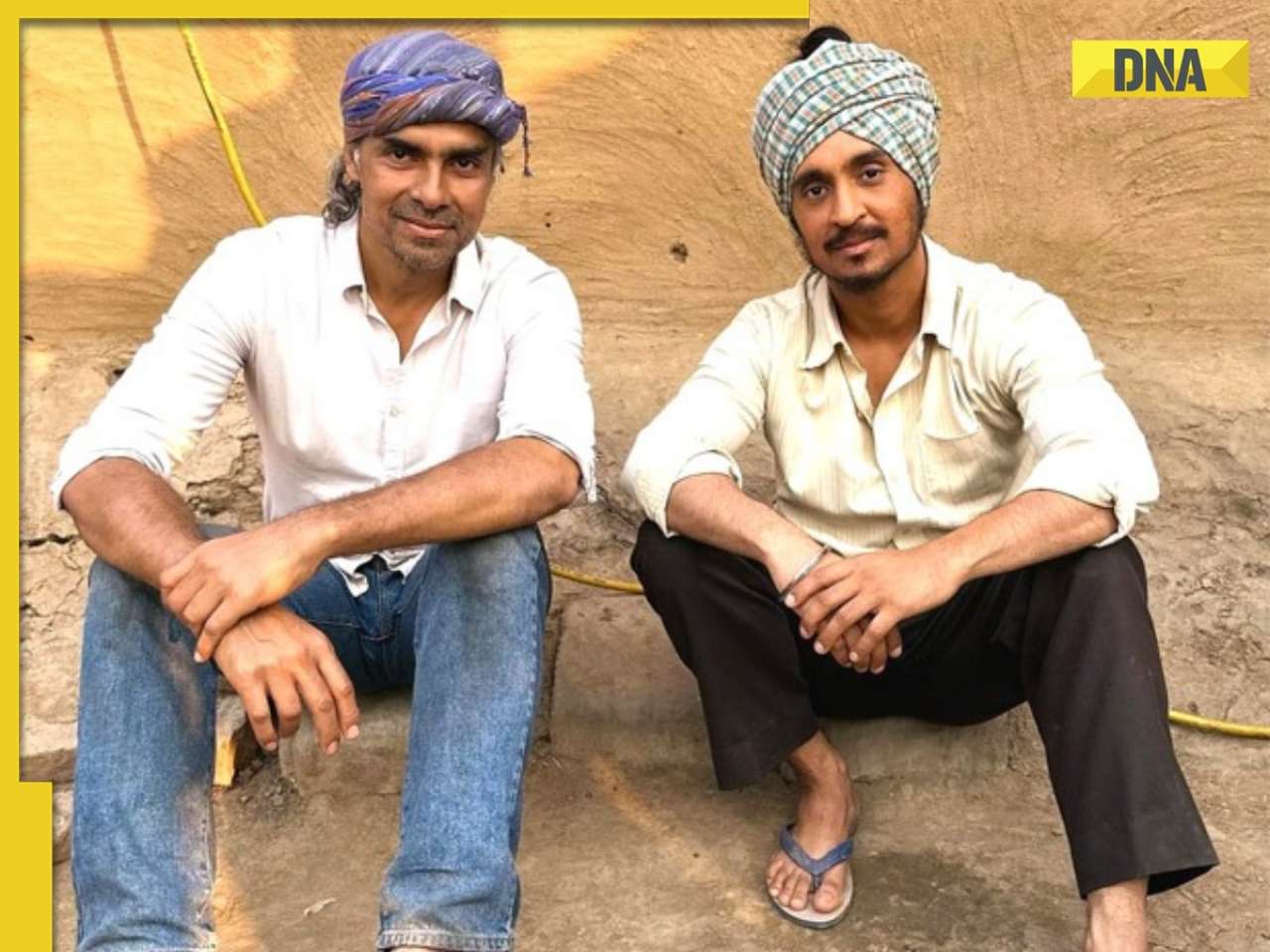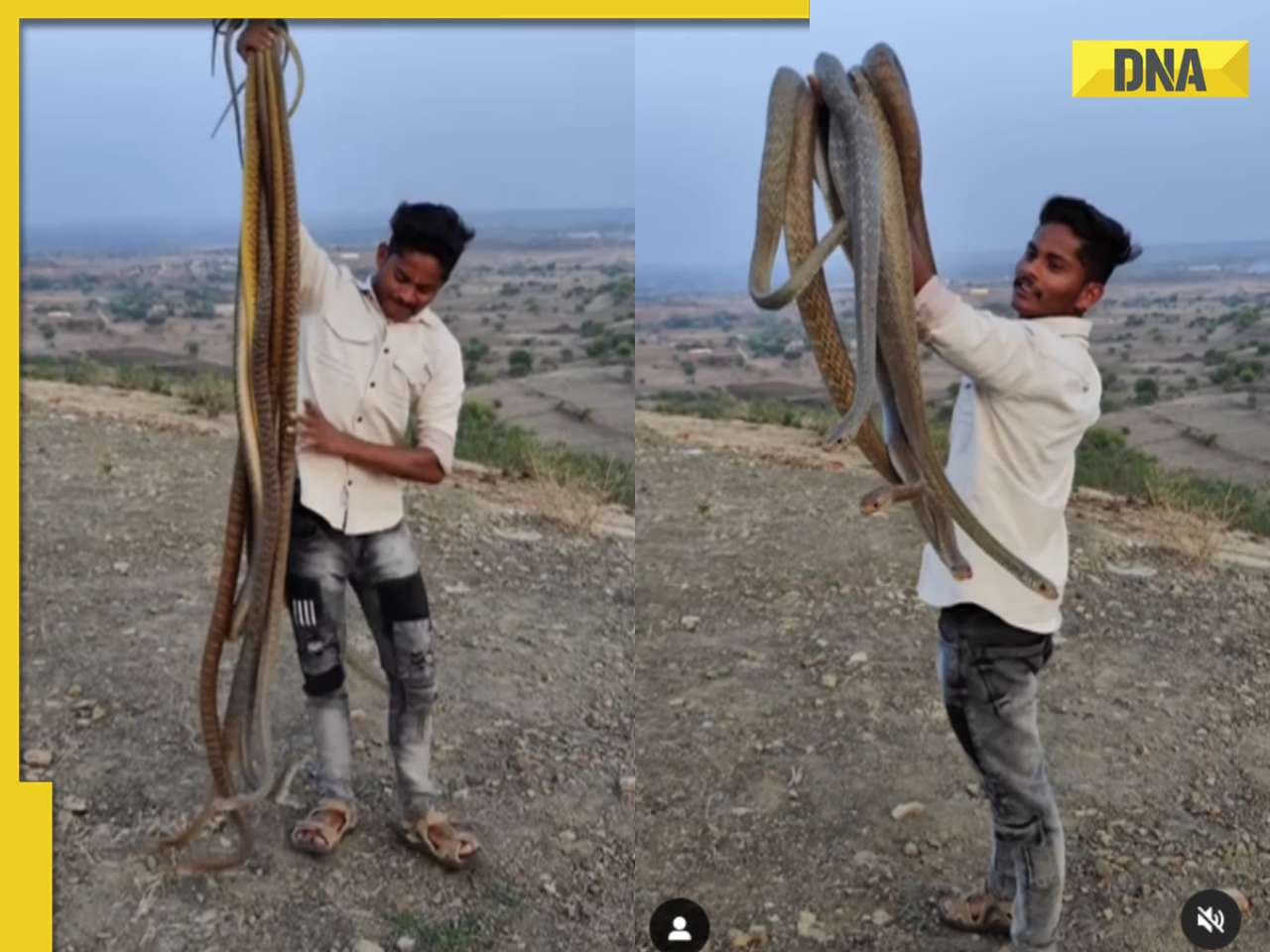With the ongoing month of Muharram, which marks the beginning of the Islamic New Year, the Bohra community travels in large numbers to Karbala in Iraq.
With the ongoing month of Muharram, which marks the beginning of the Islamic New Year, the Bohra community travels in large numbers to Karbala in Iraq to pay homage at the holy shrine of Iman Husayn. While the Bohra community does frequent the holy shrine throughout the year, the pilgrim count shoots up during Muharram, especially during the Chelum period (the ten-day period beginning from the last day of Muharram).
It is a holy place visited by the Shia Muslims too.
Nafisa Tambawala, 48, one of the many devout Bohras who had visited Karbala during Chelum recounts, “For me, going to Karbala was like a dream come true.” She wishes to go there again with her entire family. The fact that Iraq has always been embroiled in conflicts and is considered a war torn zone fails to deter the spirit of many like Tambawala as she adds, “Nothing stops us from going there, be it war or anything else. The desire to visit the holy shrine is something that we are born with.”
For many, the call of these shrines echoes in their ears leading them to visit it repeatedly. Ashfaq Ghadiyali (name changed) is a clear case in point who has done 14 trips to Karbala spanning over the last 12-14 years. Even during the US invasion of Iraq in 2003, he was in Karbala. Recounting his experience, he says, “In Iraq, bombings seem to have become a part and parcel of daily life. Men are injured in a blast, they are taken to the hospital, the blood stained area is washed and within hours people are back on the street, exactly on the same spot,” he says. Staying in the safe walls of Fayze Husayni, a complex built especially to accommodate pilgrims of this community, it shields many like Ghadiyali from falling prey to any fatalities. Nevertheless, he admits that the sound of the bombings did scare him.
One thing that most of the pilgrims agree upon is that Karbala is extremely poverty-stricken and modernisation remains a distant dream. The constant bombings and attacks have crippled the city which is evident in the debris of many structures. Four decades of war have not only done immense physical damage to the place but the plight of the locals tells the story of a city in shambles. “The currency rate is really low. One US dollar would fetch us 1,300 Iraqi dinars and with that money we could buy a lot of things. The locals were mostly engaged in day to day trading. It was difficult to find a decent restaurant, leave alone the sight of a mall,” says 19-year-old Naqiyah Rangwala who visited in 2006.
Aware of the tension looming in the city, Rangwala refrained from venturing out late in the night. En-route from Jordan to Iraq, during a 20-hour bus journey, she noticed US troops stationed along the border areas ensuring tight security measures.
Jumana Saifuddin, in her early fifties who went to Karbala in the 90’s during the Gulf War also feels that the economic situation back then was quite bad. “I saw educated youth just idling around as they didn’t seem to have any jobs. The little interaction that we had with the locals was when we distributed biscuits to them which they took it very fondly as biscuits were not easily available then,” she adds. Because of the ongoing war, she says that the authorities asked many people to donate blood. While clicking photographs near the Saddam Tower was not allowed, carrying chocolate boxes was also barred.
Reaching Karbala, when the state of affairs is far from normal is a journey filled with anxiety and apprehension. The recent suicide bombing by a woman during this year’s Muharram procession, a little away from Baghdad, shows the risk that many endure in visiting Karbala. “Three to four people from our community had already lost their lives in such bombings and so there was a sense of fear when I went there,” says Aliakbar Vahanvaty, 23 who visited Karbala in 2007.
The war is over now and the US troops are slowly retreating but it seems the damage is already done. As Rangwala states, “There is this very big cemetery in the Najaf area which has been reduced to shambles by the constant exchange of bombings between the US troops and the people opposing the US invasion, who have taken refuge in the cemetery.”
![submenu-img]() 'They unilaterally took some measures': EAM Jaishankar on new Nepal 100 rupee currency
'They unilaterally took some measures': EAM Jaishankar on new Nepal 100 rupee currency![submenu-img]() Meet Ice Cream Lady of India, who built Rs 6000 crore company, started with small investment of Rs…
Meet Ice Cream Lady of India, who built Rs 6000 crore company, started with small investment of Rs…![submenu-img]() ‘Canada a rule-of-law country’: PM Trudeau after 3 Indian arrested over Hardeep Nijjar's murder
‘Canada a rule-of-law country’: PM Trudeau after 3 Indian arrested over Hardeep Nijjar's murder![submenu-img]() Viral video: Specially-abled girl’s energetic dance to Bollywood song wows internet, watch
Viral video: Specially-abled girl’s energetic dance to Bollywood song wows internet, watch![submenu-img]() 'Baap re baap': Imtiaz Ali reveals Diljit Dosanjh was scandalised by old women's 'vulgar' improvisation on Chamkila set
'Baap re baap': Imtiaz Ali reveals Diljit Dosanjh was scandalised by old women's 'vulgar' improvisation on Chamkila set![submenu-img]() DNA Verified: Is CAA an anti-Muslim law? Centre terms news report as 'misleading'
DNA Verified: Is CAA an anti-Muslim law? Centre terms news report as 'misleading'![submenu-img]() DNA Verified: Lok Sabha Elections 2024 to be held on April 19? Know truth behind viral message
DNA Verified: Lok Sabha Elections 2024 to be held on April 19? Know truth behind viral message![submenu-img]() DNA Verified: Modi govt giving students free laptops under 'One Student One Laptop' scheme? Know truth here
DNA Verified: Modi govt giving students free laptops under 'One Student One Laptop' scheme? Know truth here![submenu-img]() DNA Verified: Shah Rukh Khan denies reports of his role in release of India's naval officers from Qatar
DNA Verified: Shah Rukh Khan denies reports of his role in release of India's naval officers from Qatar![submenu-img]() DNA Verified: Is govt providing Rs 1.6 lakh benefit to girls under PM Ladli Laxmi Yojana? Know truth
DNA Verified: Is govt providing Rs 1.6 lakh benefit to girls under PM Ladli Laxmi Yojana? Know truth![submenu-img]() Streaming This Week: Heeramandi, Shaitaan, Manjummel Boys, latest OTT releases to binge-watch
Streaming This Week: Heeramandi, Shaitaan, Manjummel Boys, latest OTT releases to binge-watch![submenu-img]() Remember Ayesha Kapur? Michelle from Black, here's how actress, nutrition coach, entrepreneur looks after 19 years
Remember Ayesha Kapur? Michelle from Black, here's how actress, nutrition coach, entrepreneur looks after 19 years![submenu-img]() Remember Heyy Babyy's cute 'Angel' Juanna Sanghvi? 20 year-old looks unrecognisable now, fans say 'her comeback will...'
Remember Heyy Babyy's cute 'Angel' Juanna Sanghvi? 20 year-old looks unrecognisable now, fans say 'her comeback will...'![submenu-img]() In pics: Arti Singh stuns in red lehenga as she ties the knot with beau Dipak Chauhan in dreamy wedding
In pics: Arti Singh stuns in red lehenga as she ties the knot with beau Dipak Chauhan in dreamy wedding![submenu-img]() Actors who died due to cosmetic surgeries
Actors who died due to cosmetic surgeries![submenu-img]() DNA Explainer: Why Harvey Weinstein's rape conviction was overturned, will beleaguered Hollywood mogul get out of jail?
DNA Explainer: Why Harvey Weinstein's rape conviction was overturned, will beleaguered Hollywood mogul get out of jail?![submenu-img]() What is inheritance tax?
What is inheritance tax?![submenu-img]() DNA Explainer: What is cloud seeding which is blamed for wreaking havoc in Dubai?
DNA Explainer: What is cloud seeding which is blamed for wreaking havoc in Dubai?![submenu-img]() DNA Explainer: What is Israel's Arrow-3 defence system used to intercept Iran's missile attack?
DNA Explainer: What is Israel's Arrow-3 defence system used to intercept Iran's missile attack?![submenu-img]() DNA Explainer: How Iranian projectiles failed to breach iron-clad Israeli air defence
DNA Explainer: How Iranian projectiles failed to breach iron-clad Israeli air defence![submenu-img]() 'Baap re baap': Imtiaz Ali reveals Diljit Dosanjh was scandalised by old women's 'vulgar' improvisation on Chamkila set
'Baap re baap': Imtiaz Ali reveals Diljit Dosanjh was scandalised by old women's 'vulgar' improvisation on Chamkila set![submenu-img]() This actor, who worked with Karan Johar and Farhan Akhtar, gave superhit shows, saw failed marriage, killed himself at..
This actor, who worked with Karan Johar and Farhan Akhtar, gave superhit shows, saw failed marriage, killed himself at..![submenu-img]() Did you know Ranveer Singh's grandmother was popular actress? Worked with Raj Kapoor; her career affected due to...
Did you know Ranveer Singh's grandmother was popular actress? Worked with Raj Kapoor; her career affected due to...![submenu-img]() India's highest-paid TV actress began working at 8, her Bollywood films flopped, was seen in Bigg Boss 1, now charges...
India's highest-paid TV actress began working at 8, her Bollywood films flopped, was seen in Bigg Boss 1, now charges...![submenu-img]() Shreyas Talpade wonders if his heart attack was due to Covid vaccine: 'We don’t know what we have taken inside...'
Shreyas Talpade wonders if his heart attack was due to Covid vaccine: 'We don’t know what we have taken inside...'![submenu-img]() IPL 2024: Faf du Plessis, Virat Kohli help Royal Challengers Bengaluru defeat Gujarat Titans by 4 wickets
IPL 2024: Faf du Plessis, Virat Kohli help Royal Challengers Bengaluru defeat Gujarat Titans by 4 wickets![submenu-img]() IPL 2024: Why is Sai Kishore not playing today's RCB vs GT match?
IPL 2024: Why is Sai Kishore not playing today's RCB vs GT match?![submenu-img]() 'Mumbai Indians ki kahani khatam': Ex-India star slams Hardik Pandya after MI's loss to KKR at Wankhede
'Mumbai Indians ki kahani khatam': Ex-India star slams Hardik Pandya after MI's loss to KKR at Wankhede![submenu-img]() LSG vs KKR, IPL 2024: Predicted playing XI, live streaming details, weather and pitch report
LSG vs KKR, IPL 2024: Predicted playing XI, live streaming details, weather and pitch report![submenu-img]() LSG vs KKR IPL 2024 Dream11 prediction: Fantasy cricket tips for Lucknow Super Giants vs Kolkata Knight Riders
LSG vs KKR IPL 2024 Dream11 prediction: Fantasy cricket tips for Lucknow Super Giants vs Kolkata Knight Riders![submenu-img]() Viral video: Specially-abled girl’s energetic dance to Bollywood song wows internet, watch
Viral video: Specially-abled girl’s energetic dance to Bollywood song wows internet, watch![submenu-img]() Viral video: Man educates younger brother about mensuration, internet is highly impressed
Viral video: Man educates younger brother about mensuration, internet is highly impressed![submenu-img]() Girl's wedding dance to Haryanvi song interrupted by mother in viral video, internet reacts
Girl's wedding dance to Haryanvi song interrupted by mother in viral video, internet reacts![submenu-img]() Viral video: Man fearlessly grabs dozens of snakes, internet is scared
Viral video: Man fearlessly grabs dozens of snakes, internet is scared![submenu-img]() This mysterious mobile phone number was suspended after three users...
This mysterious mobile phone number was suspended after three users...

















































)
)
)
)
)
)